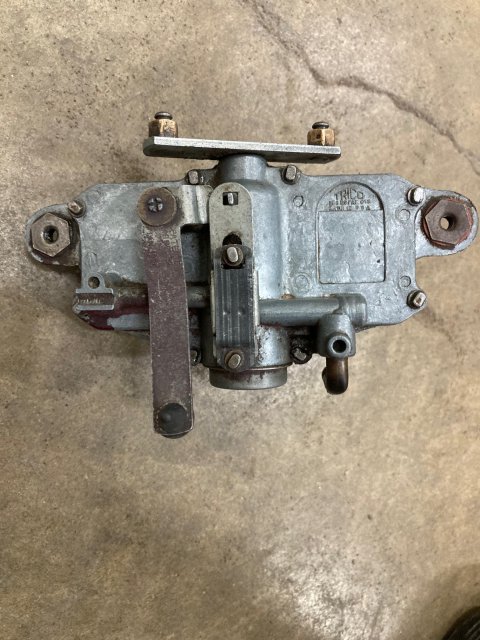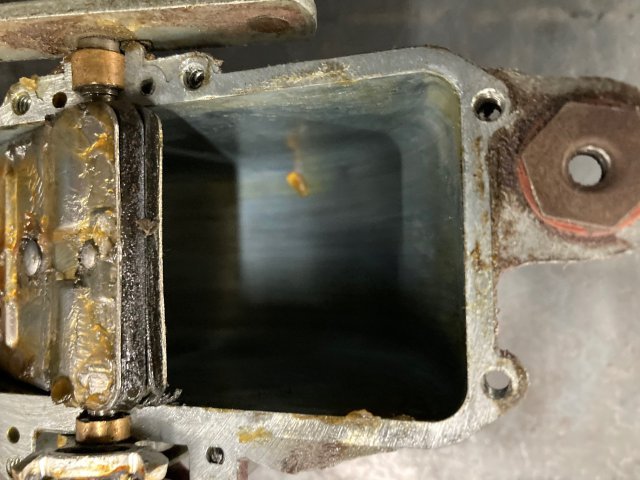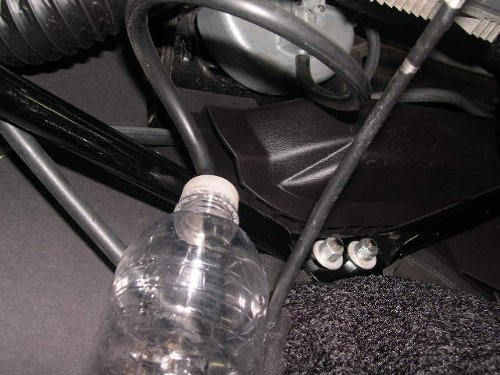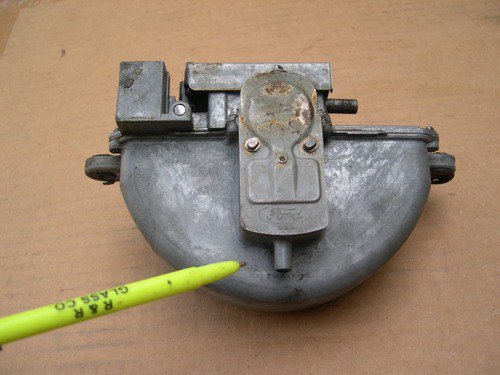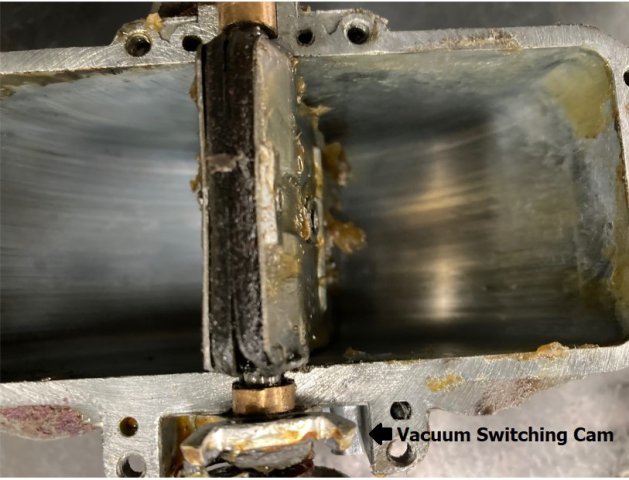- Last seen
- Joined
- Nov 12, 2021
- Thunderbird Year
- 1956
There are a few posts about brake fluid re-wetting of the leather in the vacuum motor for the windshield wipers but none explain how or where to add the fluid. I may be making more out of it than it really is but: where is the best place to input the brake fluid and about how much?
Thank you…..
Thank you…..



